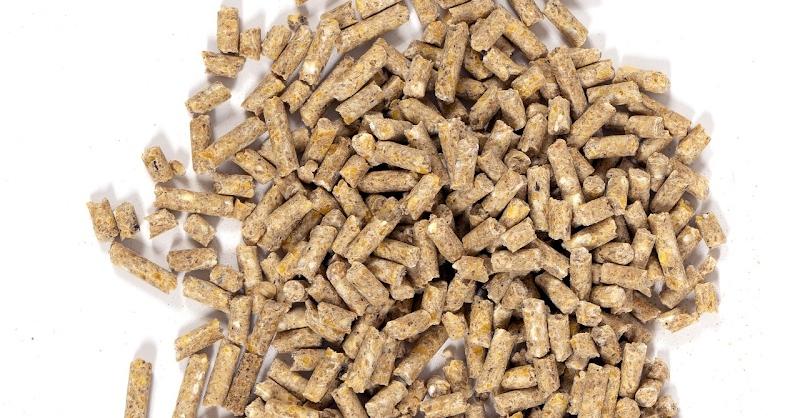Selecting the right equipment is crucial in any industry, but when it concerns the nutritious feed for your livestock or aquaculture, the stakes are even higher. A feed pellet machine is essential in converting raw materials into compact and digestible pellets. With numerous options available, it can be daunting to pick the perfect one. This comprehensive guide will assist you in making the most informed decision when selecting a feed pellet machine.
Components and Mechanics of a Feed Pellet Machine
The fundamental mechanism of a feed pellet machine involves a series of components working in tandem. Central to its operation is the pellet mill machine, which houses dies and rollers. As raw materials are fed into the machine, they’re compressed between these dies and rollers, forming them into pellets. Moreover, features like conditioning chambers in a feed pellet mill can enhance the quality of the output by adding steam, thereby improving pellet durability.
Customizing Your Feed with Additives
A unique aspect of using pelleting machines is the ability to infuse essential additives into the feed. Nutrients, probiotics, and even medications can be evenly distributed, ensuring each pellet provides a comprehensive nutritional package. Especially for specific livestock, like those catered to by the cattle feed pellet machine, this can make a substantial difference in the health and productivity of the animals.
Sustainability and Environmental Considerations
Modern feed pellet machines are being designed with a focus on sustainability. Energy-efficient models, coupled with the ability to process various raw materials, play a part in reducing the carbon footprint. Furthermore, the water stability provided by machines like the floating fish feed machine ensures minimal nutrient leaching into water, helping maintain a cleaner aquatic environment.
The Role of Automation in Feed Pelleting
Automation is becoming an integral part of the feed industry. Sophisticated feed pellet machines now come with programmable controls, sensors, and even AI-driven optimization algorithms. These features not only improve efficiency but also ensure consistency in pellet quality – a feature much appreciated when examining offerings like the chicken feed pellet machine.
Pelleting vs. Traditional Feed Forms
While traditional feed forms like mash or crumbles have their merits, pelleted feed offers several advantages. It minimizes selective feeding, a common issue with mixed feeds where animals pick preferred grains, neglecting other nutritional elements. This selective feeding is effectively eliminated with the uniformity provided by feed pellet machines.
Key Market Players and Global Trends
While avoiding specific brand names, it’s worth noting the global trends in the feed pelleting industry. There’s a rising demand for machines catering to specialty feeds, with the fish feed machine seeing a surge due to growth in aquaculture. Also, price-conscious markets are showing a keen interest in the feed pellet machine price and the animal feed pellet machine price, balancing their budget with the machine’s features.
Maintenance and Troubleshooting Your Machine
Regular maintenance of your feed pellet machine ensures its longevity and optimal performance. Periodic checks on the pellet mill machine parts, especially the dies and rollers, can preclude any unexpected downtimes. For those with advanced pelleting machines, software updates and sensor calibrations might be part and parcel of the maintenance routine.
Conclusion:
Choosing the right feed pellet machine is an intricate balance of understanding your needs, being aware of the advancements in the industry, and aligning with your budgetary constraints. Whether it’s for small-scale farms or expansive operations, the right machine, optimized for your requirements, is paramount. It doesn’t just affect the bottom line, but also the health and productivity of the animals in your care. As technology continues to advance, embracing these changes can offer a competitive edge, ensuring you’re not just meeting but exceeding nutritional standards for your livestock or aquaculture.
